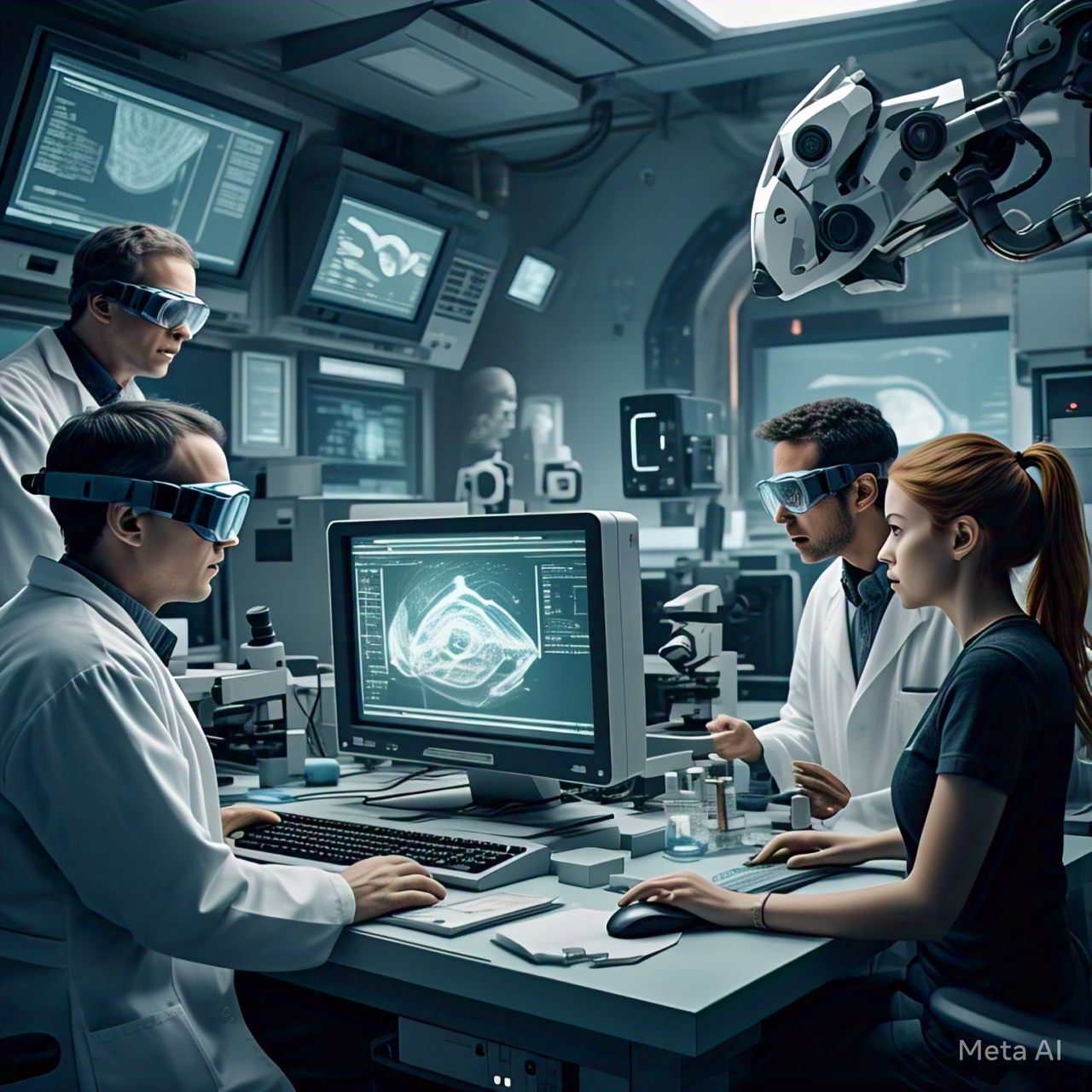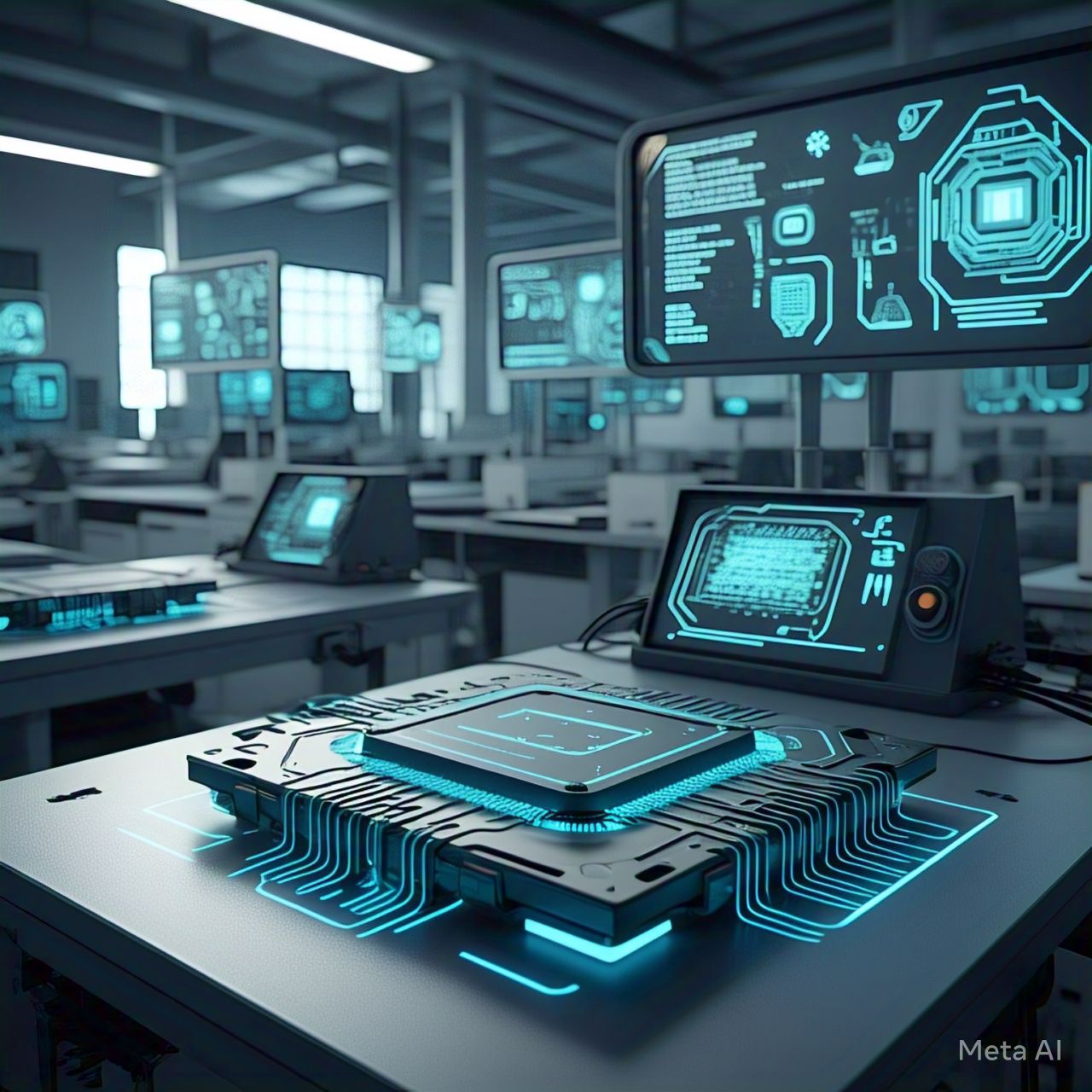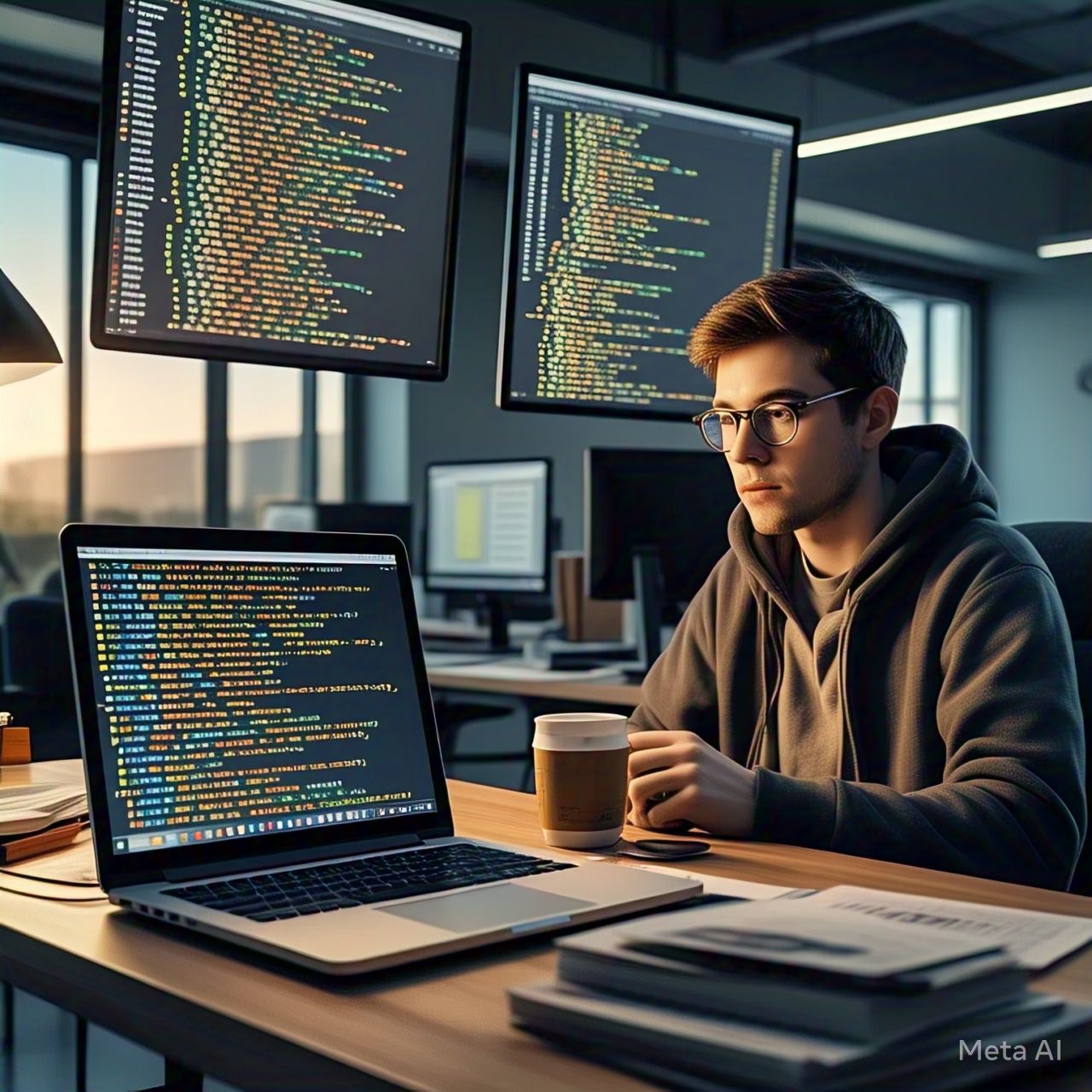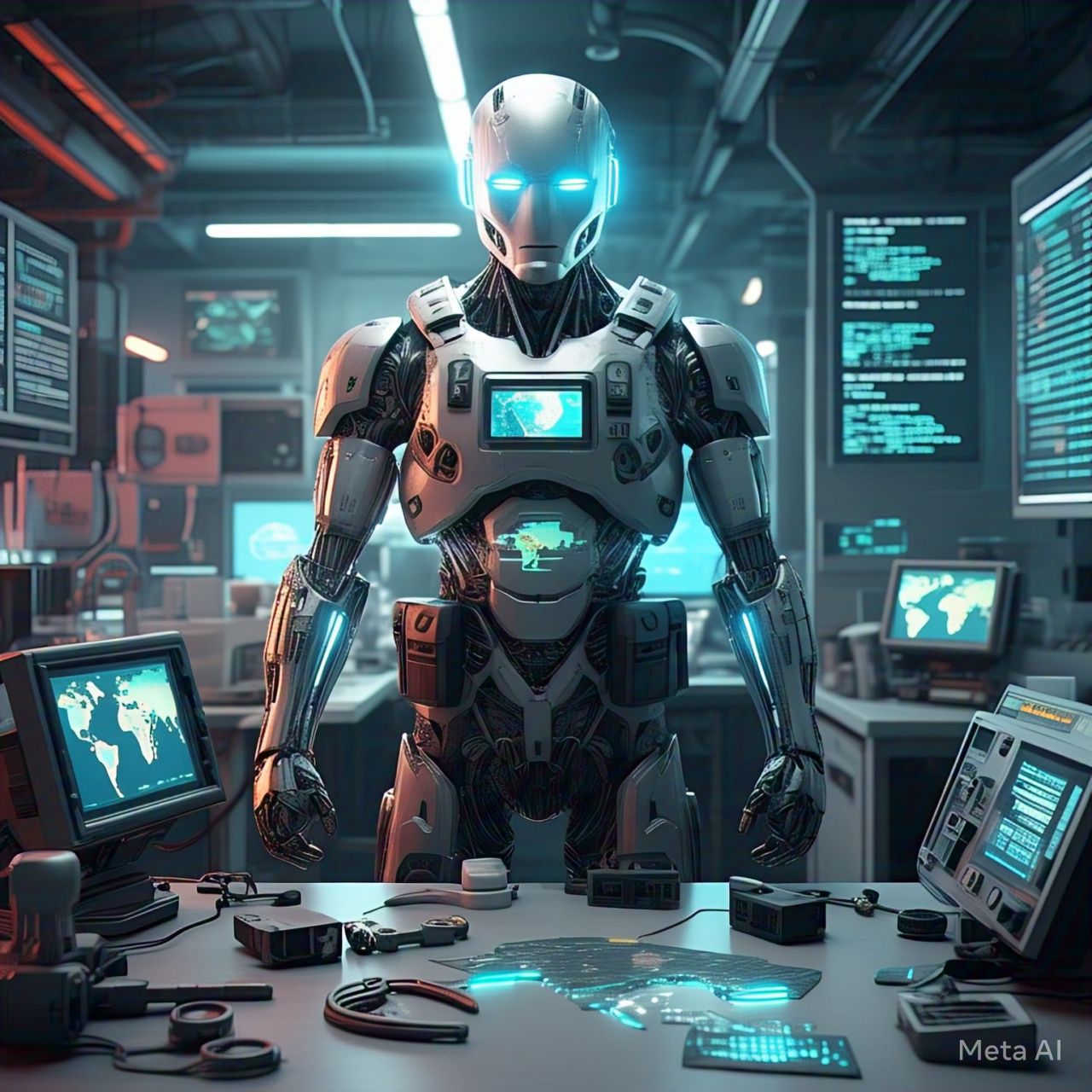Table of Contents
- Introduction
- What Are AI-Powered Image Generators?
- How AI Image Generators Work
- Key Features of AI Image Generators
- Popular AI Image Generation Tools
- Applications of AI Image Generators
- Advantages of AI Image Generators
- Challenges and Limitations
- The Future of AI in Creative Industries
- Conclusion
- FAQs
Introduction
The rapid advancements in artificial intelligence (AI) have revolutionized various industries, and the creative sector is no exception. AI-powered image generators are transforming how artists, designers, and businesses create visuals. From realistic portraits to abstract art, AI is reshaping the creative landscape. But how do these tools work, and what impact will they have on the future of creativity? Let’s explore.
What Are AI-Powered Image Generators?
AI-powered image generators are software tools that use artificial intelligence to create images from text descriptions or other inputs. These tools leverage machine learning models trained on vast datasets to produce visually appealing and contextually relevant images.
Examples of AI Image Generators:
- DALL·E (by OpenAI)
- MidJourney
- Deep Dream Generator
- Stable Diffusion
How AI Image Generators Work
1. Neural Networks and Deep Learning
AI image generators rely on deep learning models, specifically Generative Adversarial Networks (GANs) and Diffusion Models, to create high-quality images.
2. Training on Large Datasets
These models are trained on massive datasets of existing images, learning patterns, textures, and artistic styles.
3. Text-to-Image Generation
Many AI image tools allow users to enter text prompts, which the AI interprets and converts into a corresponding image.
Key Features of AI Image Generators
| Feature | Description |
|---|---|
| Text-to-Image | Converts text prompts into images |
| Style Customization | Allows users to apply different artistic styles |
| Resolution Control | Generates high-resolution images |
| Editing Capabilities | Enables users to refine AI-generated images |
| Integration with Other Tools | Supports integration with design software |
Popular AI Image Generation Tools
1. DALL·E (OpenAI)
- Advanced text-to-image capabilities
- Generates highly detailed and creative visuals
2. MidJourney
- Specializes in artistic and surreal images
- Community-driven approach
3. Stable Diffusion
- Open-source model for high-quality image generation
- Provides customization and control
4. Deep Dream Generator
- Uses neural networks to create dreamlike, artistic images
- Offers unique visual effects
Applications of AI Image Generators
| Industry | Use Case |
| Marketing & Advertising | Creating visually appealing ads |
| Game Development | Generating game assets |
| Fashion & Design | Designing new patterns and concepts |
| Film & Animation | Assisting in concept art creation |
| Education & Research | Visualizing complex ideas |
Advantages of AI Image Generators
1. Enhances Creativity
AI-powered tools allow artists and designers to experiment with new styles and ideas effortlessly.
2. Time and Cost Efficiency
Businesses and individuals can generate high-quality images quickly, reducing the need for manual work.
3. Accessible to Everyone
Anyone, regardless of artistic skill level, can create stunning visuals using AI tools.
4. Customization and Flexibility
AI tools offer a range of styles, effects, and editing options, making them highly adaptable to user needs.
Challenges and Limitations
1. Copyright and Ethical Concerns
AI-generated images often pull from vast datasets, raising concerns about copyright infringement and originality.
2. Quality Control
While AI has made remarkable progress, some images may appear distorted or inaccurate depending on the prompt.
3. Dependence on Large Datasets
AI models require extensive datasets to function effectively, sometimes leading to biases in generated content.
4. Potential Job Displacement
As AI tools become more advanced, there is concern over job security in creative fields like graphic design and illustration.
The Future of AI in Creative Industries
The integration of AI in creativity is inevitable and promising. Future advancements will likely focus on:
- Improving AI’s ability to understand complex prompts
- Reducing biases in AI-generated content
- Enhancing collaboration between AI and human artists
- Developing AI tools that allow for greater user control
AI will not replace human creativity but rather serve as an enhancement tool, enabling artists and designers to push the boundaries of their craft.
Conclusion
AI-powered image generators are reshaping the creative landscape, offering new possibilities for artists, designers, and businesses. While challenges exist, the potential benefits far outweigh the drawbacks. As AI technology evolves, it will continue to revolutionize the way we create and experience art.
FAQs
1. Are AI image generators free to use?
Many AI image generators offer free versions with limitations, but premium features often require a subscription.
2. Can AI replace human artists?
No, AI serves as a creative tool, but human artists bring originality, emotion, and unique perspectives that AI cannot replicate.
3. Are AI-generated images copyrighted?
This remains a gray area. Some platforms allow users to claim ownership of AI-generated content, while others do not.
4. What is the best AI image generator?
It depends on your needs:
- DALL·E for highly detailed images
- MidJourney for artistic visuals
- Stable Diffusion for open-source flexibility
5. Will AI-generated images be used in the film industry?
Yes, AI is already being used in concept art, animation, and special effects in film production.




